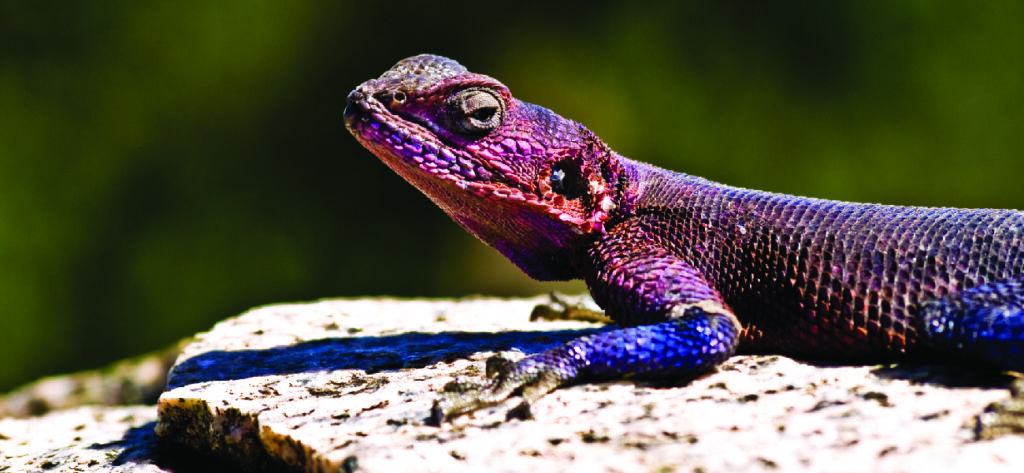Objectives:
By the end of this chapter you will be able to:
- Understand that chemical reactions that involve gases are good models for studying chemical reactivity due to limited intermolecular interactions:
- Describe the behaviour of ideal and real gases using the kinetic molecular theory of gases.
- Understand that the rate of any chemical reaction relates to the mechanism of the reaction:
- Describe and apply the principles of collision theory to a given reaction.
- Describe the factors affecting the collision frequency.
- Use the Arrhenius equation to quantify the relationships between the activation energy, temperature and rate constant.
- Understand that a reaction mechanism can be the result of one or several successive and effective collisions:
- Propose and identify a valid mechanism for a given reaction.
- Identify the rate-determining step, intermediates, transition states and catalysts present in a given reaction mechanism.
- Understand that reaction coordinate diagrams provide a representation of the energy changes that influence rate:
- Generate, interpret and relate a plausible reaction coordinate diagram to the proper reaction mechanism.
- Understand that the rate law is used to quantitatively examine the rate of a reaction:
- Determine and distinguish between average and instantaneous rates of reaction
- Determine the differential and/or integrated rate laws for a given reaction, including the order and the rate constant for this reaction, using experimental data.
- Generate and interpret graphs of concentration vs. time to compare rates and rate laws for different reactions.
- Understand that the rate of a reaction can be altered by changing the conditions of a system:
- Predict the change in the rate of reaction that results from changing reactant concentrations, temperature, or from the addition of a catalyst.
- Understand that catalysts provide alternative mechanisms, thereby altering the energy changes and rates for a reaction:
- Describe the effect of a catalyst on the mechanism of a reaction.

The lizard in the photograph is not simply enjoying the sunshine – the heat from the sun’s rays is critical to the lizard’s survival. A warm lizard can move faster than a cold one, because the chemical reactions that allow its muscles to move proceed more quickly at higher temperatures. A cold lizard is a slow lizard and an easier meal for predators.
Chemical reactions are central to many applications, from baking a cake to choosing materials for a bridge. Chemists ask two questions when planning a chemical reaction: “Will the reaction make the right products, in the right amounts?” and “How fast will the reaction happen?”. Sometimes, a third question is asked: “What happens during the reaction?”
Chemical kinetics is the study of the second and third questions – considering how fast reactions happen and how they work at a molecular scale. In this chapter, you will learn about what affects reaction rates, how reactions work (“reaction mechanisms”), and how to measure reaction rates.